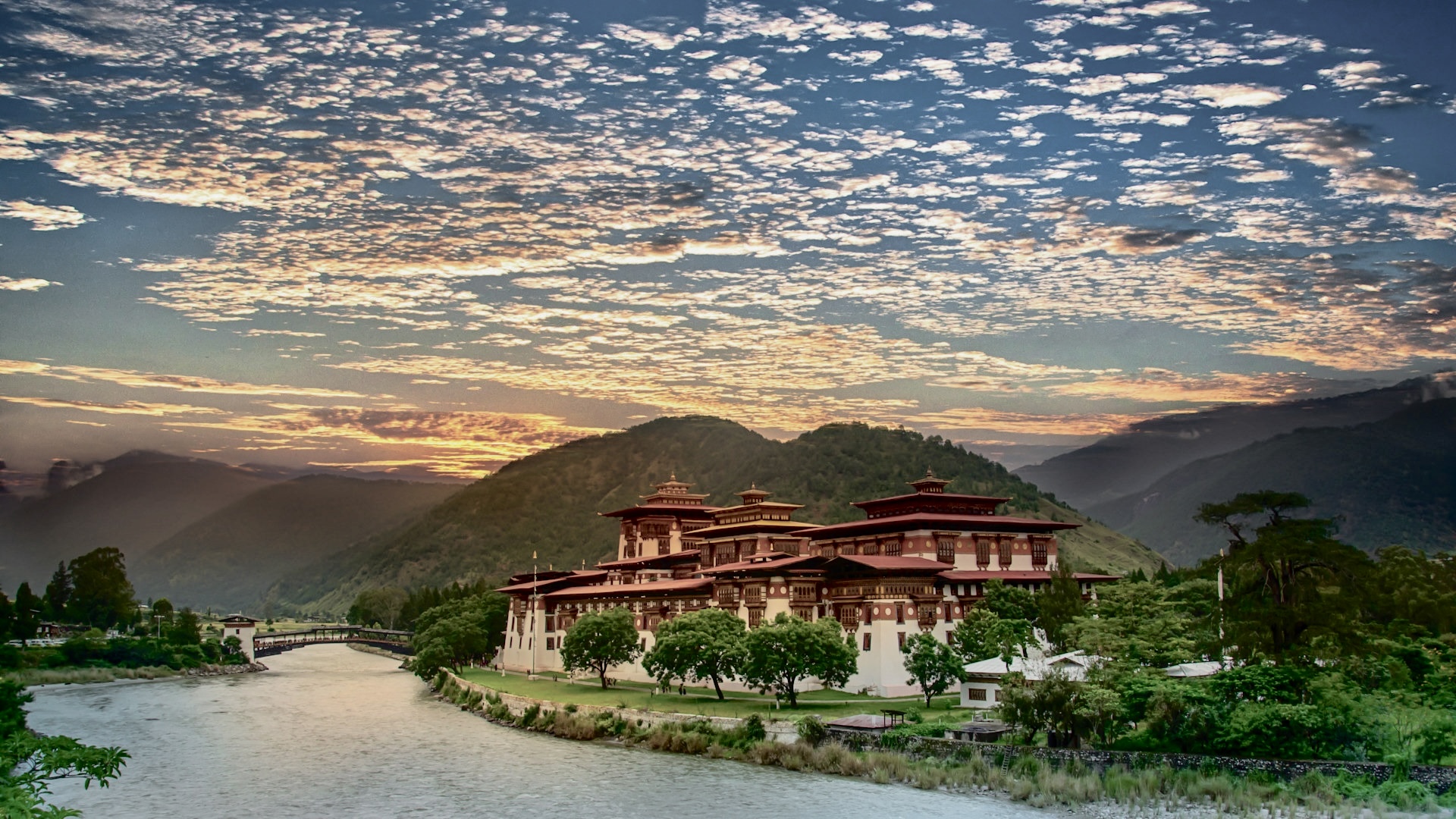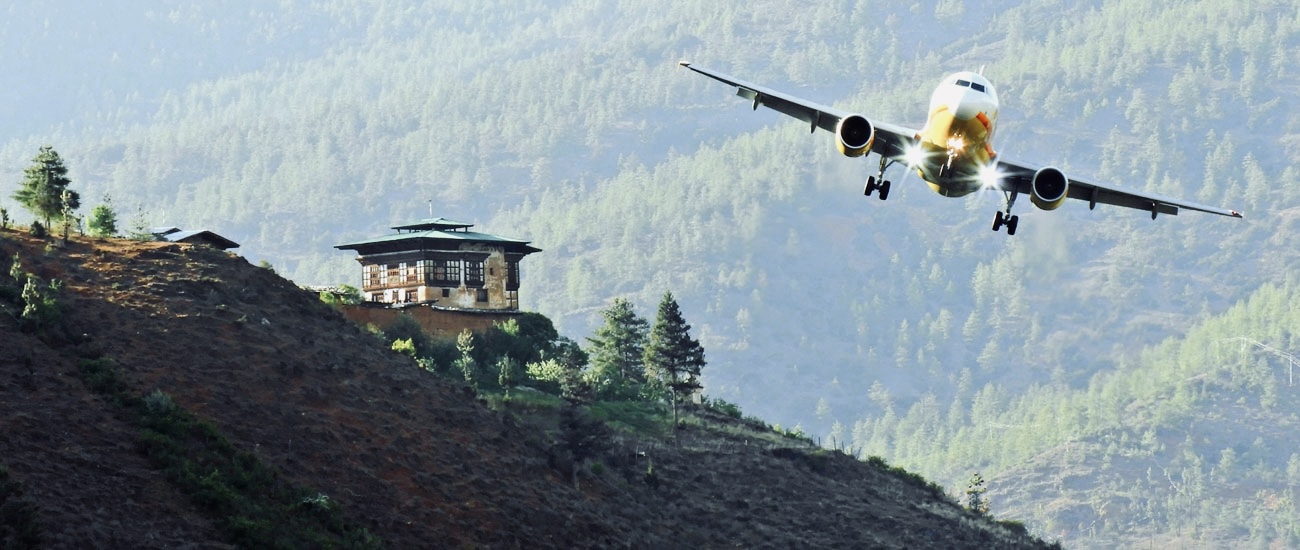Thimphu is the capital and largest city of the Kingdom of Bhutan, a small landlocked country in South Asia. Located in the western part of Bhutan, Thimphu is situated in a picturesque valley along the Wang Chu river. The city is not only the political and administrative center of Bhutan but also its economic and cultural hub. Here are some key facts and information about Thimphu:
Population
As of early 2022, Thimphu had a population of around 115,000 people, making it the most populous city in Bhutan. The population may have changed since then.
Government
Thimphu is home to the royal family and serves as the administrative center of Bhutan. The city houses the Bhutanese government, including the Royal Palace, the National Assembly, and various government ministries and offices.
Culture
Thimphu plays a crucial role in preserving and promoting Bhutanese culture. It is home to several cultural institutions and landmarks, including the National Folk Heritage Museum, the National Library, the Royal Textile Academy, and the National Institute for Zorig Chusum, where traditional Bhutanese arts and crafts are taught.
Economy
The city is the economic heart of Bhutan, with numerous businesses, shops, and markets. Thimphu’s economy includes sectors such as trade, agriculture, and tourism, and it is a center for both domestic and international commerce.
Landmarks
Thimphu boasts several significant landmarks and tourist attractions, including the Tashichho Dzong (a prominent Buddhist monastery and administrative center), a giant Buddha Dordenma statue (about 200 ft.), the Memorial Chorten (a stupa dedicated to the third king of Bhutan), and the Changangkha Lhakhang (an ancient temple). The city also offers stunning views of the surrounding Himalayan mountains.
Tourism
Thimphu is a popular destination for tourists who come to experience Bhutan’s unique culture, beautiful landscapes, and the traditional way of life. Visitors can explore the city’s markets, try Bhutanese cuisine, and learn about Buddhism through its many monasteries and religious sites.
Urban Development
Thimphu has experienced urbanization and modernization in recent years, with the construction of new infrastructure, roads, and buildings. The Bhutanese government places a strong emphasis on maintaining the city’s unique character and culture while embracing modernity.
Climate
Thimphu experiences a temperate climate with distinct seasons. Summers are relatively warm, while winters can be cold and snowy. The city’s climate is influenced by its elevation, which is around 2,320 meters (7,610 feet) above sea level.
Thimphu is a unique and charming city that encapsulates the essence of Bhutanese culture and tradition while also embracing modern developments. It serves as the focal point for the country’s governance, commerce, and cultural preservation, making it an important and interesting destination for both domestic and international visitors.


